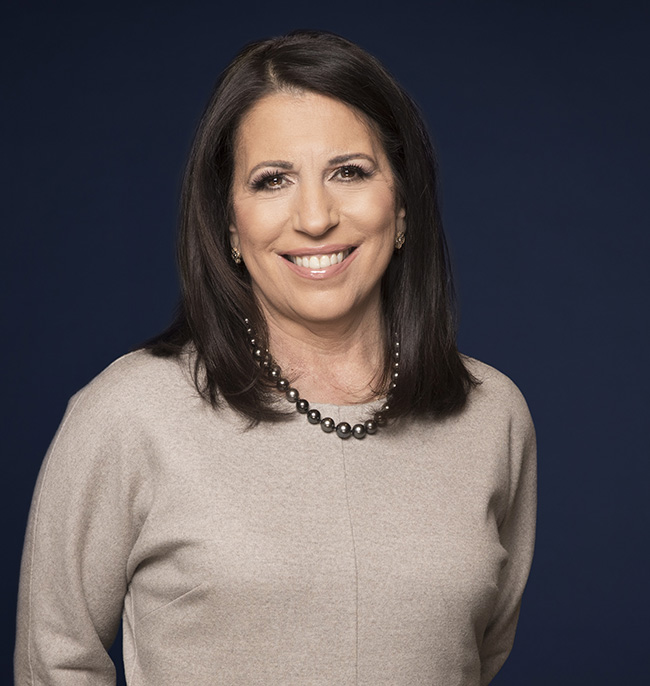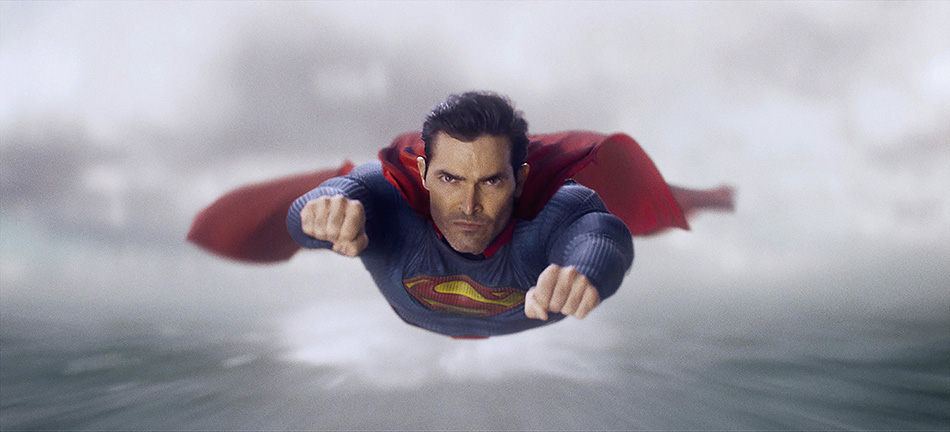Upfront’s New Normal: Higher Ad Prices, More Digital Dollars
Media companies add streaming services to the mix as advertisers see reach

After COVID-19 pushed last year’s negotiations into September, the 2021 upfront television market reflects the new normal of the media world.
There is an eroding supply of broadcast and cable ratings points and a post-quarantine economy that’s heating up. Both trends point to higher prices and more ad dollars flowing to digital video, trends that have been accelerating for years.
Like last year, the networks’ elaborate upfront presentations will be held via Zoom instead of in venues like Carnegie Hall or Radio City Music Hall.
Matt Sweeney, chief investment officer at GroupM, said that in last year’s upfront there was a spirit of empathy that got people to work together to get through a difficult time. This year, he’s concerned about “the accelerated degradation in traditional ratings” that will make it more difficult for clients to reach consumers via television.
If the dwindling supply of ratings points sends prices up, “I think there’s a point at which the value of a unit or an impression gets beyond being an effective investment vehicle,” he warned.
Also Read: NewFronts Speakers See Advertisers Changing Channels from Traditional TV
“What it does is it forces marketers and their media agents to find those audiences beyond just traditional TV,” Sweeney said.
Broadcasting & Cable Newsletter
The smarter way to stay on top of broadcasting and cable industry. Sign up below
The big media companies know that, and instead of competing with streaming as it grows, they’ve bought or built their own streaming services, like Disney’s Hulu, Comcast’s Peacock, Fox’s Tubi and ViacomCBS’s Pluto TV and Paramount Plus (see related story, page 16).
“We’re really excited about all of those platforms,” Sweeney said, adding, “We’re watching very closely to see what the consumer uptake is with those services. At some point, how many is too many.”
When the smoke cleared for last year’s upfront, commercial time worth $18.6 billion was bought, including $8.7 billion on the broadcast networks and $9.9 billion on cable networks, according to Media Dynamics.
The total was down 14.8% from the 2019-20 upfronts, but down 2% when the upfront buys canceled because of the pandemic are taken into account.
John Nitti, chief media officer at Verizon Communications, a big advertiser, said double-digit price increases will lead to money moving where there’s better returns.
“If money is going to move, money is going to move,” Nitti, a former agency media buyer, said. “Marketers have become more and more comfortable with digital streaming platforms. If we continue to see the degradation of linear ratings but growth within digital platforms, I think you’ll see the merger of the upfront and NewFronts into one time frame.”
Nitti wants the flexibility that was a hallmark of the 2020 upfront to continue into 2021.
“Why should you not be able to make optimizations and changes?” he asked. “As a retailer at heart, we need to be looking at our numbers daily. We need to drive those optimizations and have flexibility, so that will continue to persist.”
In some cases, he noted, traditional media vendors were actually able to switch schedules faster than their digital counterparts.
Planting a Flag in Streaming
Media companies will be offering their own streaming services as a way to restore their reach and expand the inventory they have to offer in the upfront.
Fox, for example, will be including its Tubi ad-supported streaming service (AVOD) during its entertainment programming upfront presentation, president of ad sales Marianne Gambelli said.
Gambelli anticipates a strong upfront market after several good quarters in the scatter market.
With sports back and production of scripted shows back in gear, Gambelli hopes ratings will make a comeback. “But I think demand will probably outstrip that supply to some degree,” she said.
That could mean higher prices.
“But then, there’s an explosion in AVOD [ad-supported video-on-demand],” she said. “I think a lot of money will go there. We’re really excited about that space, so I think there will be ways to manage through it. Like there always is.”
Another way to increase the supply of broadcast inventory is to include older viewers, instead of buying and selling based on the 18-49 and 25-54 demographics. A number of programmers, including A+E Networks, have proposed switching to adults 18-plus as the new television currency.
“It has to happen,” Gambelli said. “When you’re buying broadcast, why wouldn’t you just count the entire audience, then do your narrowcasting in digital?”
Increasingly advertisers are buying based on targets other than age and sex, such as people likely to buy cars. “It has to evolve, she said. “That’s where we really unlock the value of broadcast.”
While traditional linear supply is tight, digital supply may be as well, warned Jon Steinlauf, chief U.S. advertising sales officer at Discovery.
Scatter a Leading Indicator

“The strongest indicator of how this market is going to go has been the strength of second-quarter scatter,” Steinlauf said. “The scatter market for us has been sizzling hot in second quarter, even better than first quarter.”
During its first-quarter earnings call, Discovery said it was seeing prices in scatter that were 50% higher than upfront.
“People are talking a lot about supply being tight,” Steinlauf said. “It’s clearly tight in linear and there are questions about how tight it is going to be in nonlinear. I’m of the camp that thinks nonlinear is going to be tighter than people think.”
Inventory will be tight because the streaming services are new and just ramping up in terms of adding subscribers. The ones that take ads at all are running as little as four minutes of commercials per hour, a fraction of the load on broadcast and cable.
The digital and streaming inventory will be important this year because advertisers are looking to make up for the reach they’re losing in traditional broadcast and cable.
Discovery has built a $500-million-a-year digital business with its Go apps and this year added the Discovery Plus streaming service to the mix. Advertisers can reach cord-cutters with the digital product.
“They’re all on a mission for reach,” Steinlauf said. “If we wanted to sell out Discovery Plus on the first day of the upfront, we probably could,” he said. “We’re not going to because there’s too many other more lucrative markets for it down the road,” including programmatic markets where CPMs are at a premium.
Steinlauf recalled that a year ago, there was talk about moving the upfront to the end of the year and switching to a calendar that starts in January versus the broadcast year, which starts in October.
All that talk has gone by the wayside as categories largely shut down by the pandemic — travel, restaurants, movie studios, non-essential retail — are coming back to the ad market.
Underdelivery Concerns
With traditional ratings down, media buyers and advertisers have complained about underdelivery. The shows they bought commercials in last upfront didn’t get the audiences they were promised, if they ran at all, as production delayed the start of many scripted series.
The CW told advertisers that its scripted shows wouldn’t premiere until the first quarter, said executive VP national sales Rob Tuck, and provided audience estimates based on the alternative schedule. “We got through the fourth quarter in great shape; our clients came out if it in great shape,” Tuck said.

Later on, The CW launched its scripted shows, including Superman & Lois, Walker and Kung Fu. As part of its upfront, The CW is providing each client with an individual report card that shows how the CW delivered on their 2020-21 upfront deals.
“We’ve heard the clients screaming about how the linear networks took their money, didn’t deliver and didn’t care,” Tuck said. “We took their money, we did care and we delivered on our promises.
“We really try,” he said. “We’re the little guys. Our service has to be good. If we’re causing a problem, it’s too easy to get rid of us. It just is.”
That approach meant The CW had inventory to sell in scatter instead of having to give it to clients as make-goods. The CW feasted on high prices in scatter and should be able to take advantage of a strong upfront as well.
“I think there’s a lot of pent-up demand,” Tuck said. That will fuel business, the economy and the ad market.
“There will be greater demand than a year ago,” he said.
“Do I think more money will shift to digital? Sure, because the agencies and clients always follow where the audience goes,” Tuck added. “The great thing about us is we’re on all these platforms. We were the first network to be multiplatform, so we play in that world.”
Jon has been business editor of Broadcasting+Cable since 2010. He focuses on revenue-generating activities, including advertising and distribution, as well as executive intrigue and merger and acquisition activity. Just about any story is fair game, if a dollar sign can make its way into the article. Before B+C, Jon covered the industry for TVWeek, Cable World, Electronic Media, Advertising Age and The New York Post. A native New Yorker, Jon is hiding in plain sight in the suburbs of Chicago.

